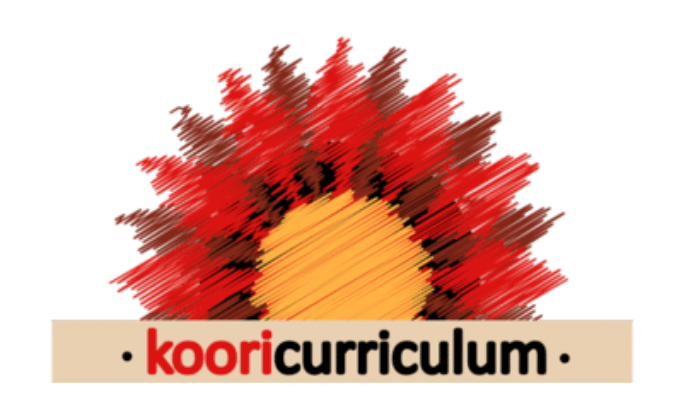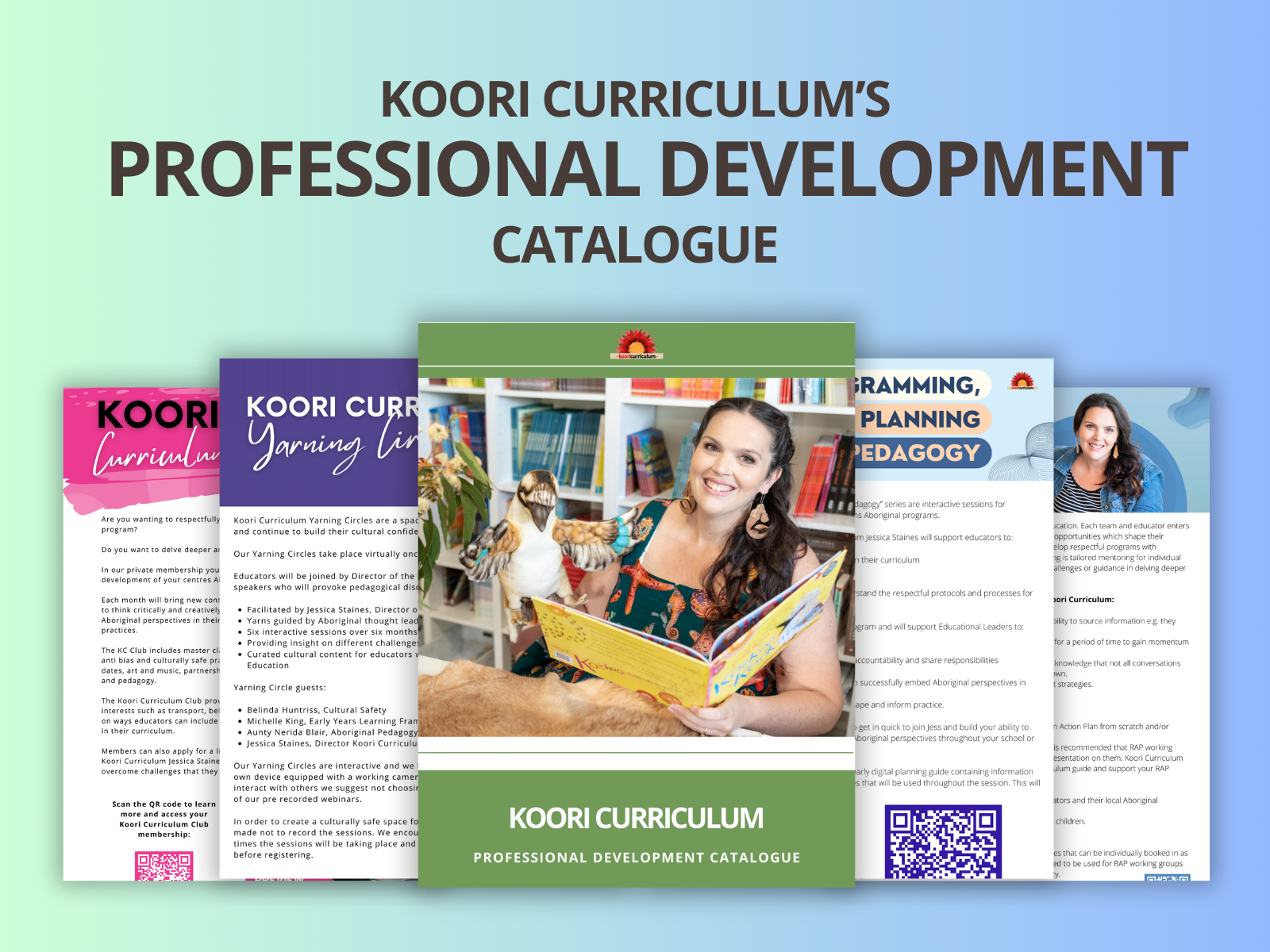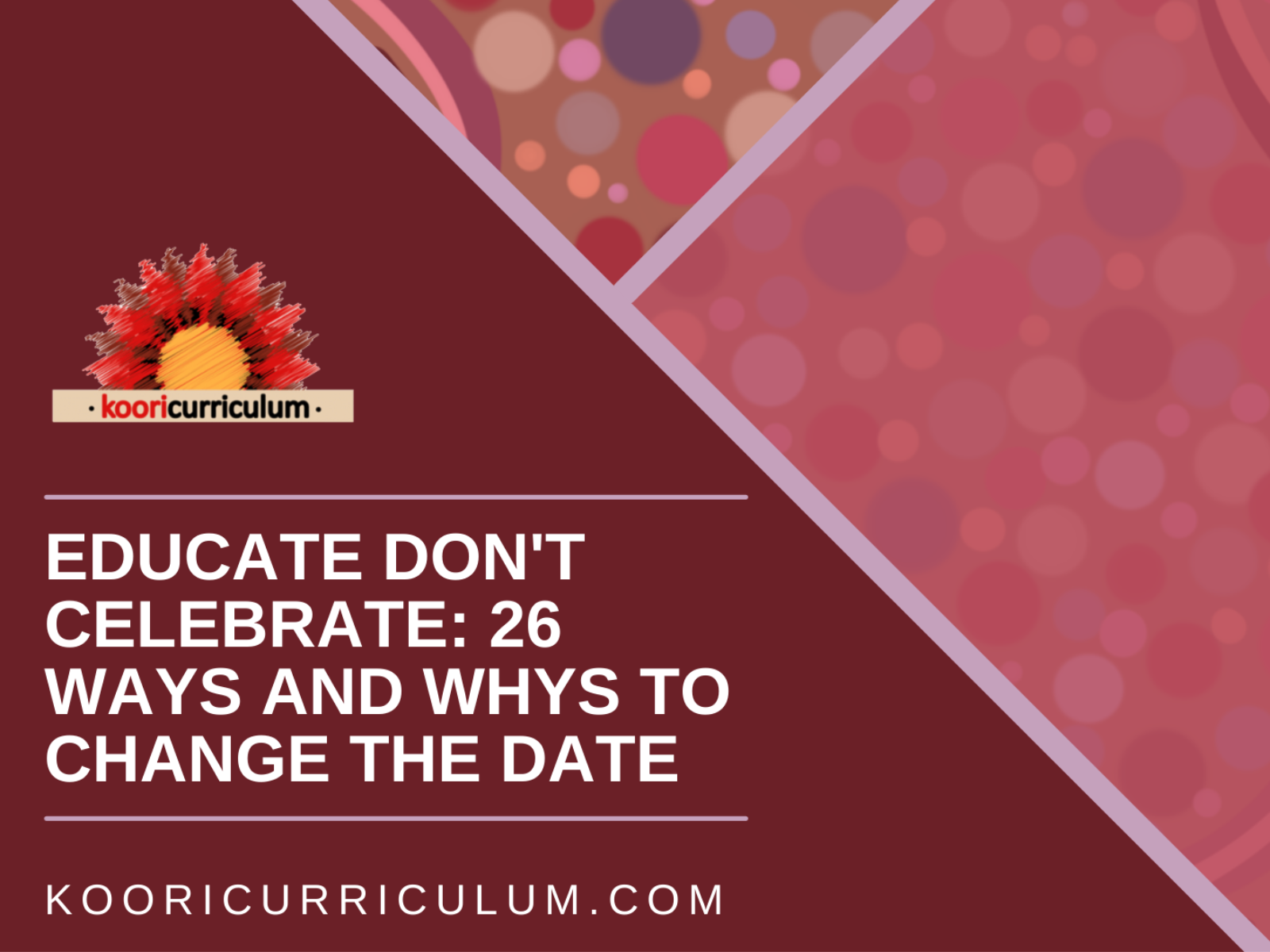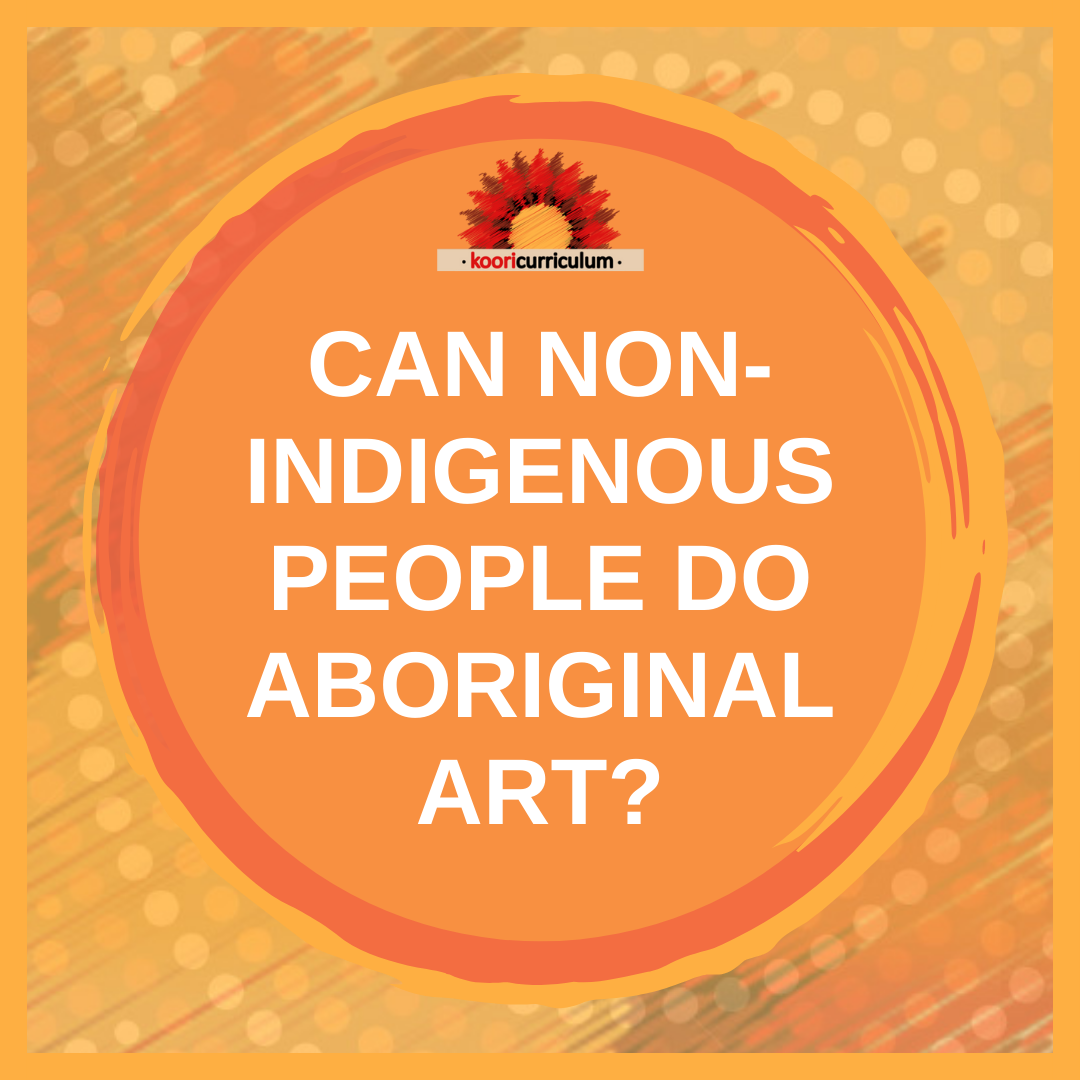
Can non-Indigenous people do Aboriginal art?
The short answer to this one, is no, you can’t. Many artists and art critics believe that all art is derivative – that it is it builds on or is copied from another source.
When you were in school you may have been asked to do a copy of a famous artwork such as Vincent Van Gogh’s Sunflowers or asked to do a painting in the style of an artist such as Picasso or Matisse.
Art is often built on what previous artists have created.
Aboriginal art is different, because it:
- is uniquely connected to the country of the artist
- is often comprised of symbols that are uniquely tied to a particular country or a particular language group’s story
- often communicates stories – sometime of the Dreaming that only specific people have permission to use.
So how can we encourage children to appreciate Aboriginal art if they are not able to reproduce it? And surely it is ok to teach Aboriginal techniques such as the dot painting that originated from Papunya near Alice Springs?
The answer is there are many ways to explore and appreciate Aboriginal art without giving children cotton buds and ochre coloured paint.
You could:
- engage an Aboriginal person to guide you in your exploration of Aboriginal culture and art. Someone knowledgeable about their culture can teach children what they know. This may include creating art using different techniques.
- explore the work of Aboriginal artists with your children. What is different between a traditional dot painting from Emily Kane Kngwarreye or the leaves of Gloria Petyarre or the bright colours used by Bronwyn Bancroft?
- learn about the colour palettes used by different Aboriginal artists and their connection with the colours of the country they were created on.
- explore the history of Aboriginal art. Did you know that despite thousands of years of Aboriginal Art that exist in things like rock paintings, body painting and bark painting that it was only in the 1970s that these stories were first recorded on canvases using acrylic and oil paints?
- research how dot painting may have evolved to hide sacred stories and message contained in painting?
- explore the symbols used in Aboriginal art. Did you know that the U shape comes from the marks on sandy ground when a person sits cross legged? How did the different animal tracks become symbols in Aboriginal Art? How is a journey represented?
Why non-Indigenous people can't do Aboriginal art:
Remember a non-Indigenous Australian (or any non Aboriginal person around the world) can never create an Aboriginal artwork because only people from specific parts of country can tell the story of that country. They are the only ones with authority to do so – Aboriginal artists must have permission to tell the stories of their country.
Children and educators and teachers can explore techniques used in Aboriginal art, but it is important that this doesn’t become cultural appropriation (the adoption of the customs, or art of one group of people or society by members of a dominant culture).
The best way to ensure it doesn’t is to only explore Aboriginal art techniques with an Aboriginal person working alongside children and educators in your classroom or after you have been granted permission from an Elder to use certain techniques.
Looking for a way to embed an Aboriginal perspective throughout 2023?
To assist educators with the inclusion of Aboriginal and Torres Strait Islander perspectives in 2023 we have compiled a list of key dates and celebrations.
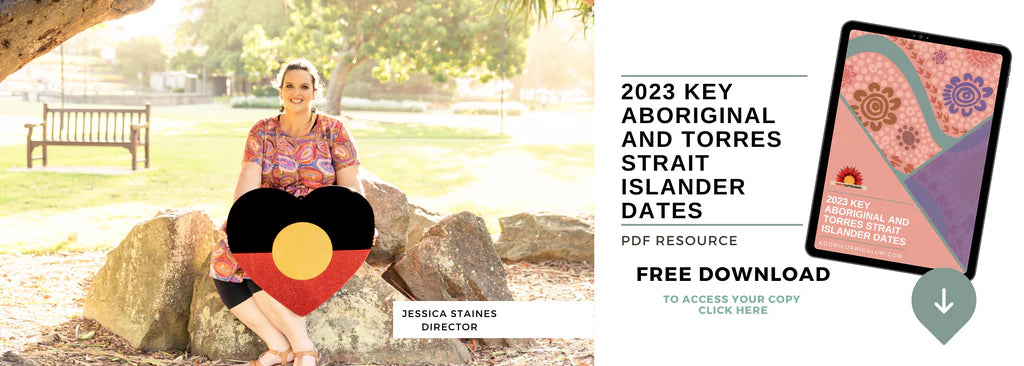
Looking for more ways to include Aboriginal Art in early childcare?

